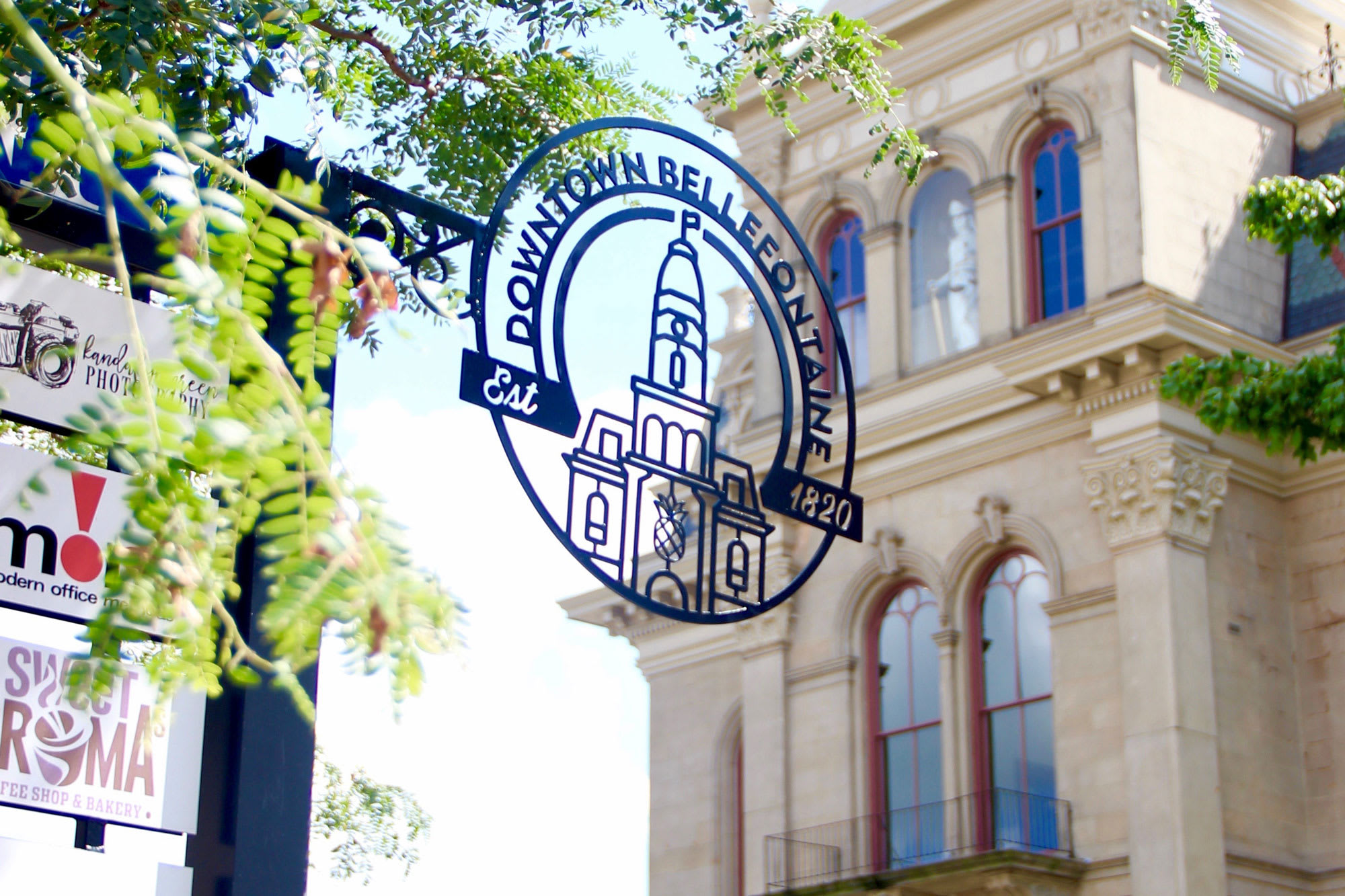Much-needed small business aid is beginning to trickle out and more is expected in the weeks to come as banks start to disburse the rescue funds to Main Street. But the first-come, first-serve Payroll Protection Program of $349 billion in aid may be nearing a ceiling for loan commitments, with more than 1.3 million loans given approval at a value of more than $296 billion through Wednesday afternoon, according to the Small Business Administration.
The program could reach its funding limit by the end of Wendnesday, according to a source familiar with the matter.
The SBA and Treasury Department have yet to release any formal statistics on total loan disbursements from banks to small business owners, with one senior administration official telling CNBC the information is not yet available, despite multiple requests. The SBA did release data showing the average loan size is just under $240,000.
Business owners that have received loan approval numbers should start to get funds soon, as Treasury guidance states that “the lender must make the first disbursement of the loan no later than ten calendar days from the date of loan approval.”
Several big banks reporting earnings this week offered a look into the amount of loans going out the door, with Wells Fargo saying it had received 370,000 indications of interest from customers through April 10. JP Morgan Chase, as of April 14, had 300,000 applications in varying stages for $37 billion in loans, with $9.3 billion already into the hands of small business owners.
Other lifelines for small business
Small businesses like Other Half Brewing, a craft brewery with locations in Brooklyn and Rochester, NY, just had its loan funded by Chase. CFO David Burman said the company had to furlough about a quarter of its staff of under 100 employees, and moved other frontline workers into new positions, whether delivering beer orders or design work. The loan will help to bring workers back so the business will be ready to open its doors again, once it’s safe to do so.
“It’s a tremendous program to keep our business afloat,” Burman says. “It’s having the assets to hire and keep people on staff, especially as our cash flow has shifted and we are dealing with longer terms with accounts and vendors.”
Beyond just PPP loans, the CARES Act includes another important provision for small businesses that currently hold non-disaster loans through the SBA: the Small Business Debt Relief Program. This program provides for six months of payment relief on existing 7(a) and 504 loans for approximately 320,000 small businesses. It also includes those business owners who apply for new 504 or 7(a) loans not part of PPP.
“These are some of our most vulnerable small businesses. Because you know, if they got an SBA loan, they probably had difficulty getting a traditional bank loan,” Sen. Chris Coons (D-DE), a member of the Senate Small Business & Entrepreneurship Committee says. “So these are exactly the companies we want to make sure know that for the next six months, they don’t need to do anything.”
Sen. Coons said he is working with SBA Administrator Jovita Carranza to make sure these affected small businesses are aware of the loan relief available to them. A senior administration official says outreach to lending partners, stakeholders, borrowers and more is ongoing through e-communications, and that additional guidance is coming later this week.
“Given how sharp and steep our economic decline is right now, I really hope that [the SBA] will move as quickly as they possibly can to deliver guidance,” Coons says.
Treasury Secretary Steven Mnuchin has vowed to replenish the program to the tune of another $250 billion, but Congress has yet to agree to terms on the new funding. Senate Democrats blocked an effort to pass the additional funding last week.
Some funding delays
Another option for Main Street businesses needing assistance is the Economic Injury Disaster Loan program, which provides disaster assistance loans of up to $2 million. Small business owners apply directly with the SBA to access the aid, but there have been delays.
In the past, borrowers were told they could also access up to $10,000 as a cash advance within three days of a successful application to the program. Guidance has since changed, with businesses now being told funds will be distributed “within days” and that aid will be limited to $1,000 per employee up to $10,000.
A senior administration official said that the funds are being distributed, and that nearly four million businesses have applied for EIDL funding for a total of $383 billion, but that Congress has allocated just $17 billion for the program. Both the Senate and the House are aware of the funding needs, the official said.
In its letter to Congress and the SBA this week, the NFIB said that research as of April 9 showed that no business owner surveyed by its group had received EIDL funding or a grant, urging the SBA to distribute funds and request more aid.
Jason Duff, founder of Small Nation, a community developer focused on revitalizing the downtown of Bellefontaine, Ohio says his business just accessed his PPP loan this week, for $160,000 to bring back employees now. But he’s still waiting on an EIDL grant and the full loan amount.
“The biggest victory was getting our SBA approval number (for PPP), after we got that, the loan was funded within four days, and we are extremely thankful to have that runway of cash,” Duff says. The EIDL is “a very different situation. When we applied we were told that up to $15,000 was going to show up in our account within three days. It’s been longer than almost two weeks at this point from when those conversations were happening. For most for most of businesses, including my own, we have not seen that money show up.”
— With reporting by Dawn Giel and Hugh Son


 Signal2forex.com - Best Forex robots and signals
Signal2forex.com - Best Forex robots and signals




